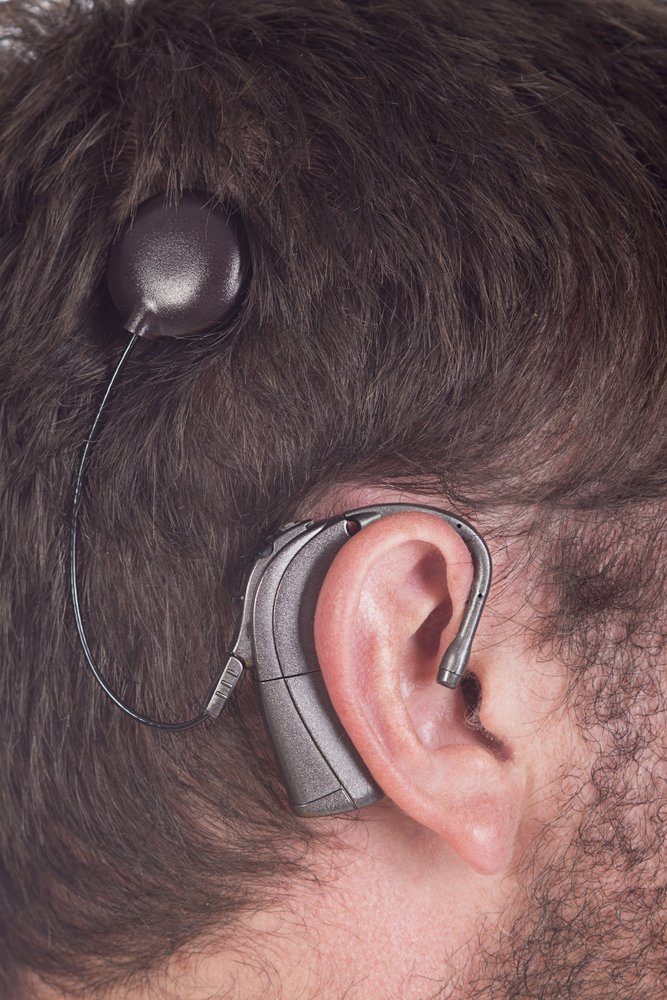Hearing Loss in Gaucher Disease Type 1 Patient Improved with Cochlear Implants
Written by |

A young boy with Gaucher disease type 1 and hearing loss improved his hearing after receiving cochlear implants in both ears.
A cochlear implant is an electronic medical device that does the work of damaged parts of the inner ear (cochlea) to provide sound signals to the brain.
Doctors report the case of this patient, which was the first with Gaucher disease receiving this treatment, in a study titled “A case of improved hearing with cochlear implantation in Gaucher disease type 1,” which was published in the journal Auris Nasus Larynx.
The 15-year-old Japanese boy had a normal growth development, but when he was still a baby (14 months) he was diagnosed with Gaucher disease type 1 (GD1). His family had no history of the disease, although his mother had Parkinson’s disease.
The boy started enzyme replacement therapy (once every two weeks from the age of one year up to the present). He originally received imiglucerase treatment; then, at 11 years old, he switched to velaglucerase alfa. About one year later, symptoms he had experienced before improved, such as liver and spleen enlargement, low platelet levels and anemia.
He had noticed he had slight hearing loss since he was 9 years old. After being seen by an otolaryngologist, the patient started using hearing aids in both ears from the age of 10.
However, his hearing loss progressed at the age of 13 years old. “It became difficult for the patient to attend junior high school because it was impossible to communicate by voice with his friends and teachers,” doctors wrote.
After three visits to their hospital, and examinations that showed no brain response to sounds, doctors decided on a cochlear implant in his right ear. The operation went well and the patient was discharged six days later, reporting no postoperative complications.
With the new implant, his hearing improved one month later. His speech also improved at two months after the operation. “He could undertake conversation smoothly using the cochlear implant, and he was able to return to his junior high school,” doctors wrote.
Within five months, the boy returned to the hospital to receive an implant in his left year. Once again, the operation went well and his hearing loss, speech and sound direction greatly improved. Two years later, his hearing with cochlear implants remains satisfactory.
“We suggest that cochlear implants may be useful for sensorineural hearing loss in patients with Gaucher disease without neurological symptoms (type 1) other than hearing loss,” doctors wrote. “On the other hand, Gaucher disease with neurological symptoms (types 2 and 3) has the potential to merge central deafness. (…) Therefore, we suggest that the application of cochlear implants should be considered carefully in Gaucher disease types 2 and 3.”



